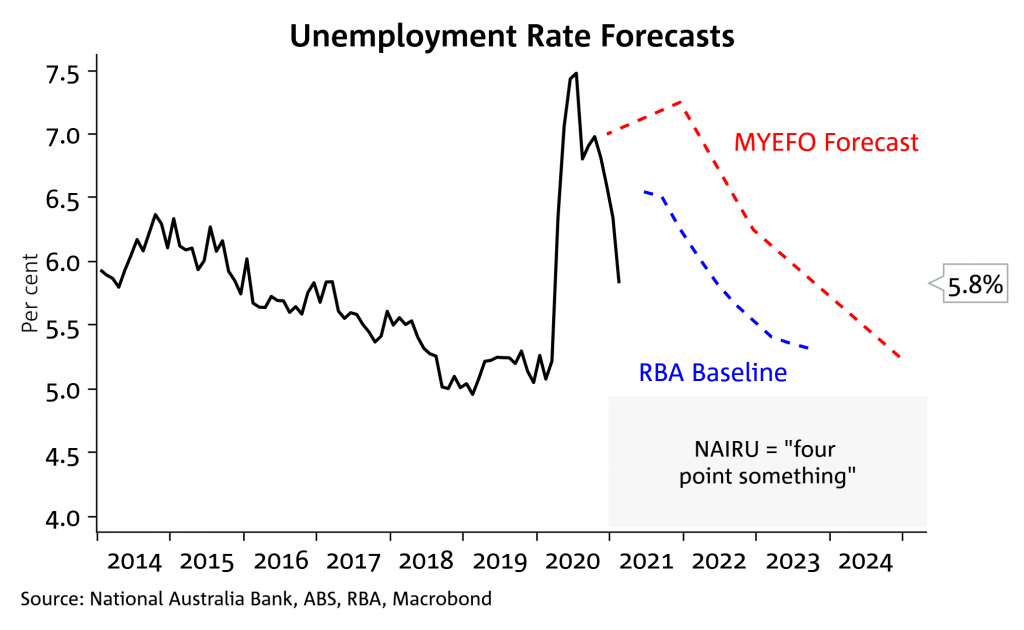On a seasonally adjusted basis, the NAB Online Retail Sales Index recorded a drop in growth in July


Insight
Last Thursday’s sharp fall in unemployment to 5.8% from 6.3% took the market by surprise.

Customers can receive Australian Markets Weekly and other updates directly in their inbox by emailing nab.markets.research@nab.com.au with the name of their NAB relationship manager.
© National Australia Bank Limited. ABN 12 004 044 937 AFSL and Australian Credit Licence 230686.